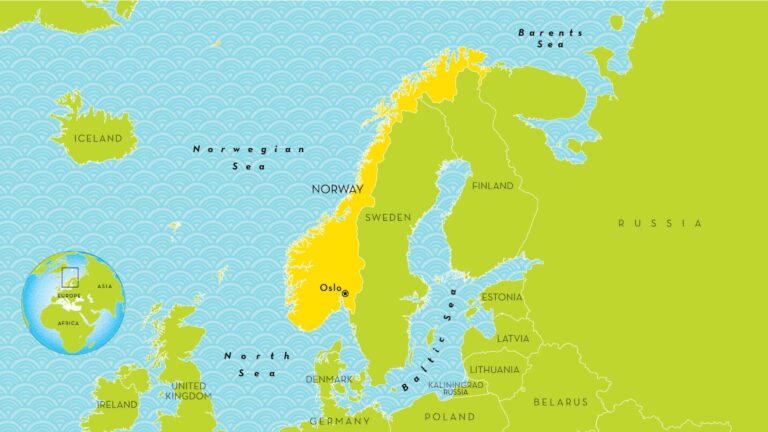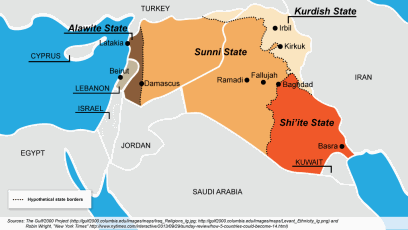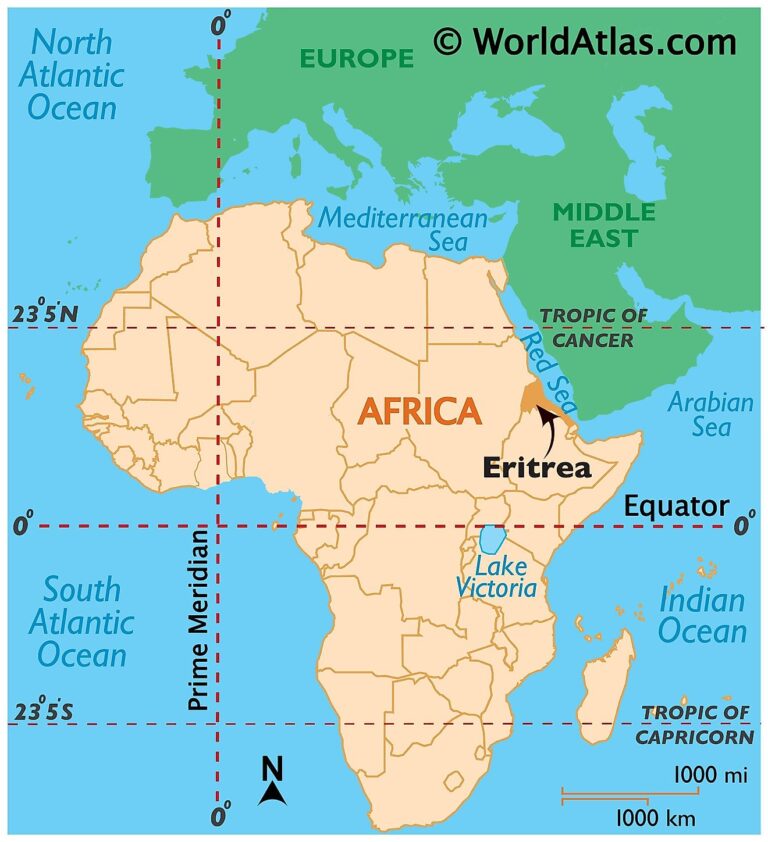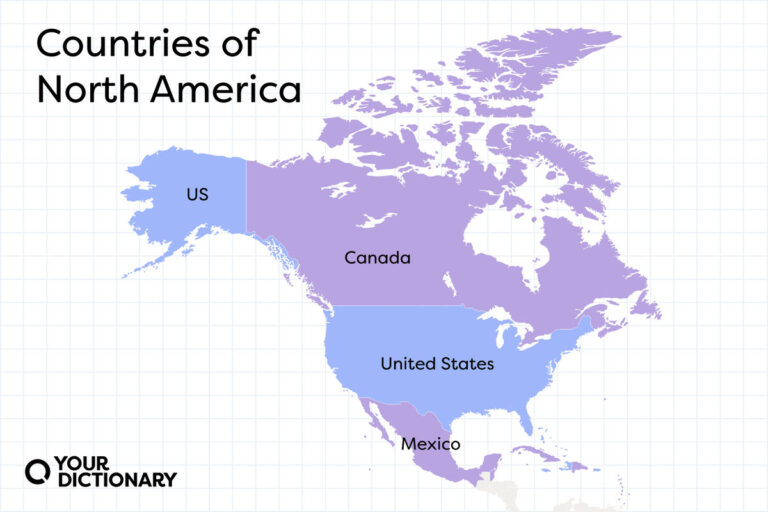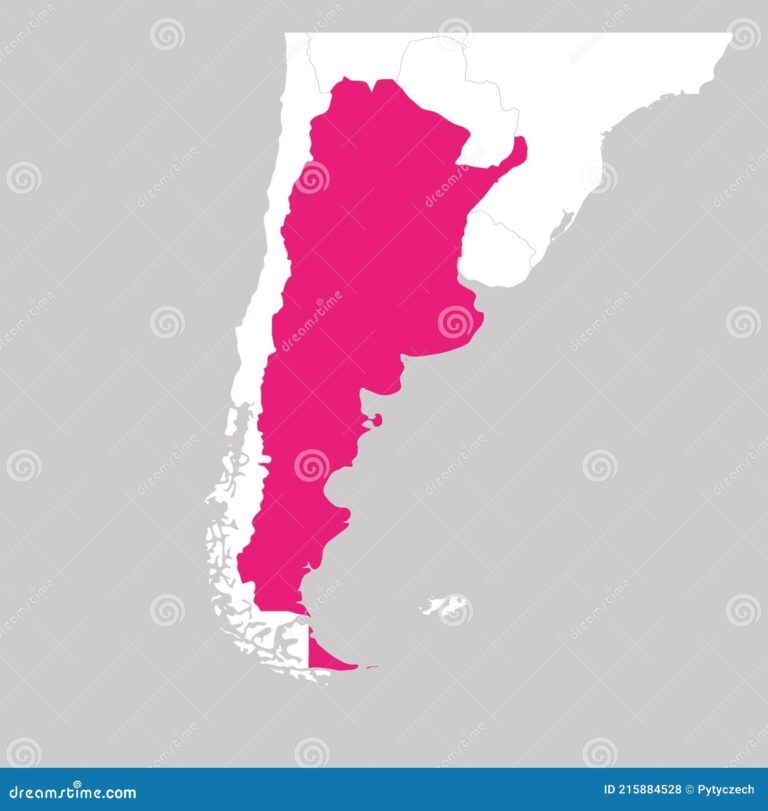Luxembourg Neighbouring Countries and European Borders
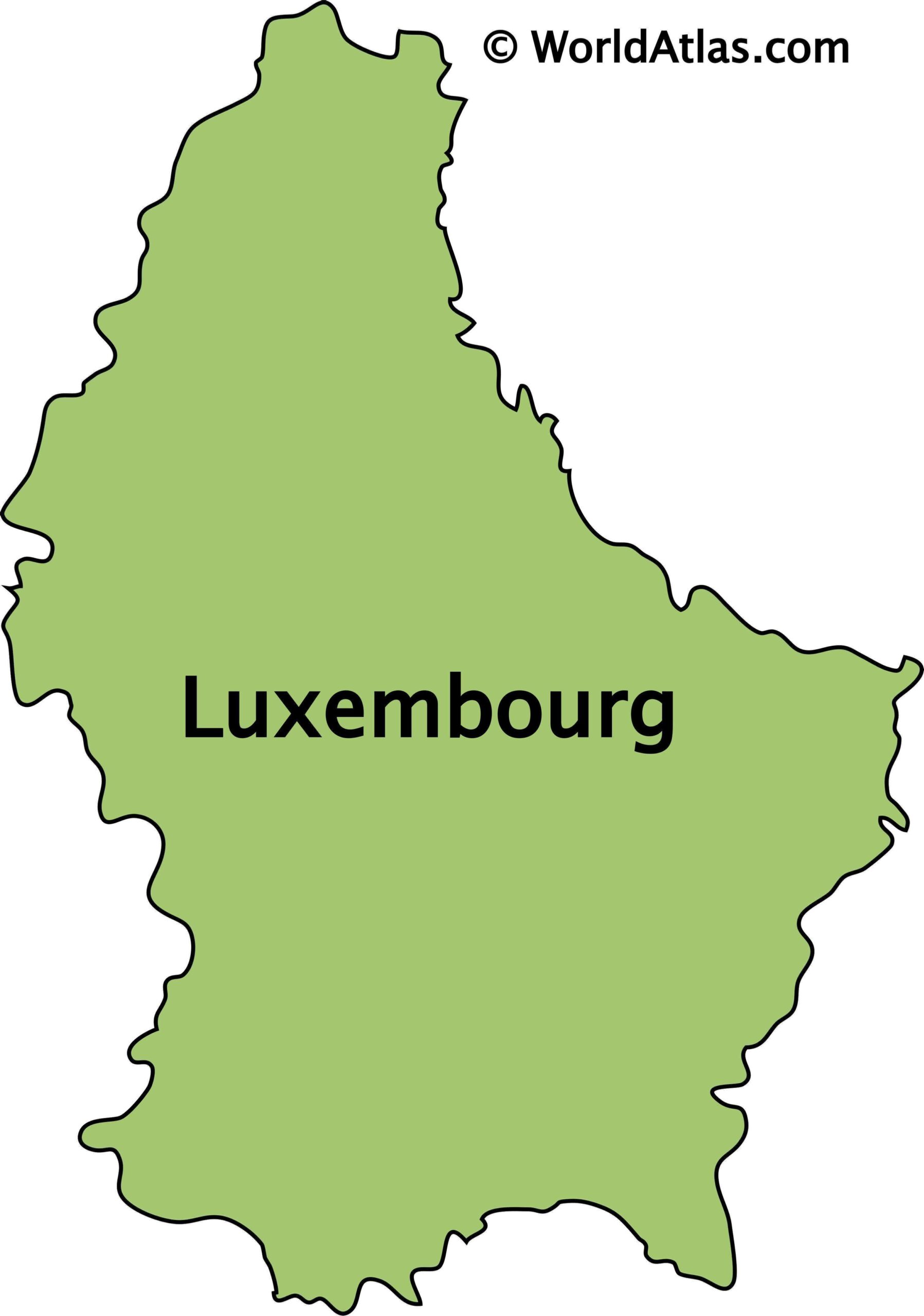
Luxembourg’s Neighbors
Luxembourg may be small, but it cozies up to some big players in Europe: Belgium, Germany, and France. Each border tells its own story brimming with history and nature’s beauty.
Borders with Belgium
On Luxembourg’s west and north sides, you’ll find Belgium. This cozy neighborly border stretches for about 91 miles, peppered with 507 markers. It all started back in 1839 and was touched up in 1919.
| Border with Belgium | Details |
|---|---|
| Length | 91 miles |
| Established | 1839, revised in 1919 |
| Border Markers | 507 |
Nature lovers, rejoice! The Luxembourg-Belgium border is a treat with its lush forests and babbling rivers.
Borders with Germany
Look east, and you’ll spy Germany hugging Luxembourg for 85 miles. This line runs through Rhineland-Palatinate and Saarland. They finally called it official in 1984.
| Border with Germany | Details |
|---|---|
| Length | 85 miles |
| German Areas | Rhineland Palatinate, Saarland |
| Established | 1984 (Grenzvertrag Boundary Treaty) |
The Moselle, Sauer, and Our aren’t just river names—they’re the natural wonders marking this boundary.
Borders with France
To the south, Luxembourg meets France along a 45-mile line, drawn up officially in 2007. Here, towns like Mondorf-les-Bains, Pétange, and Rumelange keep things lively, alongside France’s Mondorff.
| Border with France | Details |
|---|---|
| Length | 45 miles |
| Established | 2007 |
| Major Border Towns | Mondorf-les-Bains, Pétange, Rumelange (Luxembourg); Mondorff (France) |
Rich in history, this border region sees plenty of action at its various crossing spots.
Curious for more? Check out some details on neighboring countries. Also, have a peek at Malawi’s neighbors or discover more about Europe’s borders.
Historical and Cultural Vibes
Luxembourg has got some serious history and cultural mojo thanks to its neighbors. It’s all about those shared traditions, tongues, and its pals in the European Union.
Friendly Cultural Bonds
Luxembourg has been tight with Belgium, France, and Germany for centuries. These ties show up in their common interests and how they swap cultural goodies. Fun fact: all the way back in 1944, Luxembourg teamed up with Belgium and the Netherlands to kick off the Benelux Economic Union, kind of a pre-game for what we now know as the European Union (Britannica).
Tongues That Talk
When it comes to languages, Luxembourg is like a linguistic melting pot. They rock three tongues: Luxembourgish, German, and French, all getting the official thumbs-up (Britannica). This makes chatting and mingling with Belgium, France, and Germany a piece of cake.
| Language | Percentage of Speakers |
|---|---|
| Luxembourgish | 100% (official language) |
| German | Commonly spoken |
| French | Commonly spoken |
EU Friends
Luxembourg’s front-row seat in the EU is a big deal. It’s not only a founding member of this club but also played matchmaker with Belgium and the Netherlands in setting the stage for the whole EU show. Being an EU member means Luxembourg is always syncing up with its squad through various alliances and plans.
But hey, Luxembourg isn’t just sticking to its EU circle. It was even on the United Nations Security Council as a non-permanent member in 2013 and 2014 (Wikipedia). This step into the global scene proves Luxembourg is a key player in international chats and keeps collaborating with its neighbors and beyond.
For those curious about other neighborly tales, check out stories on Lithuania’s neighboring countries, Madagascar’s neighboring adventures, and Malawi’s surrounding scenes.
Geographical Features
Luxembourg may be tiny, but it’s packed with cool spots that shape its edges and add to its natural allure.
River Boundaries
On the east, Luxembourg’s got a clear line drawn with Germany, thanks to some hefty rivers. These aren’t just important markers on the map; they also splash life and wealth into the area.
Major Rivers
- Our River
- Sûre River
- Moselle River
The Our River edges the northeast with its winding path. The Sûre River slices right across the border, creating a peaceful divide that’s hard to ignore. Then, there’s the Moselle River, with a whopping reputation for being wine-friendly, especially in its “Little Riviera” region, making it a hot spot for vineyards as described by Britannica.
| River | Length (miles) | Main Perk |
|---|---|---|
| Our | 48 | Marks northeastern border |
| Sûre | 108 | Flows through the central border area |
| Moselle | 339 | Notable vineyards and “Little Riviera” |
Natural Landscapes
The natural scenes of Luxembourg wear many hats, all adding to the country’s unique flavor. Think rolling hills, thick forests, and lush river valleys.
- Ardennes Plateau: Up north, where the land gets rugged with dense woods—a real treat for adventurers.
- Oesling Region: Nestled in the Ardennes, it’s up there in height and breathtaking views.
- Gutland: In the center, where you find fertile earth and bustling city life, including the capital, Luxembourg City.
- Moselle Valley: Known for its vineyards and the truly scenic “Little Riviera.”
Landscape Areas
| Region | Features | Spot |
|---|---|---|
| Ardennes Plateau | Tough terrain, thick trees | Northern locale |
| Oesling | High heights, striking scenes | Part of Ardennes |
| Gutland | Rich soil, city buzz | Central area |
| Moselle Valley | Wine country, lovely views | Along Moselle River |
These natural gems do more than carve out Luxembourg’s borders—they tell stories of beauty and heritage. Want to see how geography influences nearby nations? Check out Lithuania neighboring countries and Myanmar neighboring countries.
Trade and Economic Relationships
Luxembourg’s spot in Europe and old partnerships give it a leg up in business dealings. Here, we’re having a closer look at how this tiny powerhouse cozies up with its neighbors in the Benelux Economic Union and the larger European market.
Benelux Economic Union
Imagine having three close buddies in a neighborhood club—Luxembourg joins hands with Belgium and the Netherlands in the Benelux Economic Union. They kicked this off back in 1944, coming up with nifty ways to work together better financially. Think of it like that special pass that lets you move smoothly across borders without all the red tape (Britannica). They’re not just partner countries; they’re like family, sharing customs and even currency.
Who’s in this close-knit gang?
- Belgium
- Netherlands
- Luxembourg
Thanks to this club, Luxembourg chats up Belgium and the Netherlands with fewer hurdles, making trade and financial talks as easy as pie (Wikipedia).
European Market Ties
Being a founding EU member is kind of a big deal for Luxembourg. It taps into a massive market playground where trade and investments run freely (Wikipedia). The friendship between Benelux and the EU really powers Luxembourg’s economic engine, bringing it closer to its European pals.
Who’s in Luxembourg’s major league trading team within the EU?
- Germany
- France
- Belgium
- Netherlands
In the EU, everyone plays by the same rules, which means Luxembourg gets the good stuff—a harmonized market with fewer headaches. This unity puts Luxembourg firmly on the map as a bustling financial center.
Curious about how other countries are playing it? Check out Lithuania’s neighbors or see what’s shaking in Mexico’s neighborhood.
Thanks to its EU membership, Luxembourg enjoys open doors to big markets, smoother regulations, and a beefier economic setup. It’s this balance of being small yet influential that makes Luxembourg a heavyweight in the European economic scene.
Population Diversity
Luxembourg may be a small European nation, but it’s got a big story to tell, brimming with a mix of ethnic groups and a lively history of folks moving in from all over—drawn in by its charm and opportunity.
Foreign Ethnic Groups
The folks of Luxembourg aren’t just Luxembourgers. You’ll find people from all around the globe calling it home. Portuguese nationals top the list, pretty much having a quarter of the neighborhood chats. Back in 2013, around 88,000 of them were living there, making up 16.4% of the entire population. Other groups pulling their weight are:
- French: 6.6%
- Italians: 3.4%
- Belgians: 3.3%
- Germans: 2.3%
Here’s a quick look at those numbers:
| Ethnic Group | Percentage of Total Population |
|---|---|
| Portuguese | 16.4% |
| French | 6.6% |
| Italians | 3.4% |
| Belgians | 3.3% |
| Germans | 2.3% |
This melting pot spices up Luxembourg’s social life and brings loads of cultural flavor to the table.
Immigration Patterns
When it comes to shaping who Luxembourg is today, immigration has done some heavy lifting. In 2000, roughly 162,000 immigrants decided Luxembourg was the place to be, which was about 37% of the whole gang. Over the past hundred years, neighbors from Belgium, France, Italy, and Germany have been settling in, along with folks fleeing trouble from places like Portugal and former Yugoslavian countries, including Bosnia and Herzegovina, Montenegro, and Serbia.
And here’s how those numbers stack up:
| Year | Number of Immigrants | Percentage of Total Population |
|---|---|---|
| 2000 | 162,000 | 37% |
Getting the lowdown on how these patterns look can open your eyes to Luxembourg’s unique cultural blend and its ties with neighboring lands. Curious about who else lives next door to other countries? Check out more info on lithuania neighbouring countries or malta neighbouring countries.
Luxembourg’s mix of different backgrounds and its lively history of people moving in is what makes its population so diverse. This isn’t just cultural garnish; it also beefs up Luxembourg’s economic and social bonds with the rest of Europe.
Environmental Rankings
Luxembourg’s been hitting the jackpot in going green, always making it to the top in global environmental stats. This tiny nation is walking the talk with its sustainability, scoring big in international ranks and taking serious steps to cut down greenhouse gases.
Global Environmental Performance Index
When it comes to eco-friendliness, Luxembourg is all about that life, snagging the number two spot in the Environmental Performance Index (EPI) not just in 2020 but again in 2024 (Wikipedia). The EPI checks out how countries are doing on things like clean air, water quality, protecting nature, and fighting climate change.
| Year | EPI Rank |
|---|---|
| 2020 | 2 |
| 2024 | 2 |
So, what’s the deal? These kick-butt EPI rankings show Luxembourg’s doing things right with solid rules and green ideas to keep nature in tip-top shape. It’s not just about the government waving the eco-flag; both state and local players are bundling their ideas to promote sustainable habits and keep the environment thriving.
Greenhouse Gas Reduction Efforts
Luxembourg’s on the offensive when it comes to squashing those nasty greenhouse gases. The playbook is jam-packed with strategies to keep the carbon footprint as light as a feather. From boosting renewable energy to nudging people towards more efficient energy, they’ve got it covered.
They’re shaking things up by ditching fossil fuels for alternatives like wind, solar, and biomass. Also, Luxembourg is tight with the European Union’s green goals, making sure they’re syncing up with the larger European vibe for a greener future.
Want to sneak a peek at what other nations are up to? Check these out:
- malta neighbourhood scoop
- the mauritius gang
- mexico’s next-door pals
Perched right next to Belgium, Germany, and France, Luxembourg knows that it’s all about team effort in the eco-game. Joining forces with its neighbors helps keep the whole area environment-friendly and on a sustainable track.

